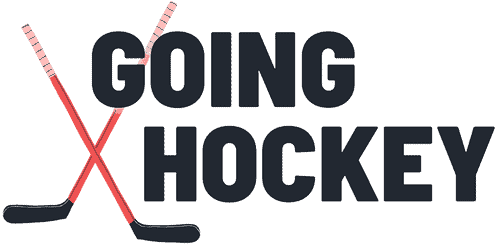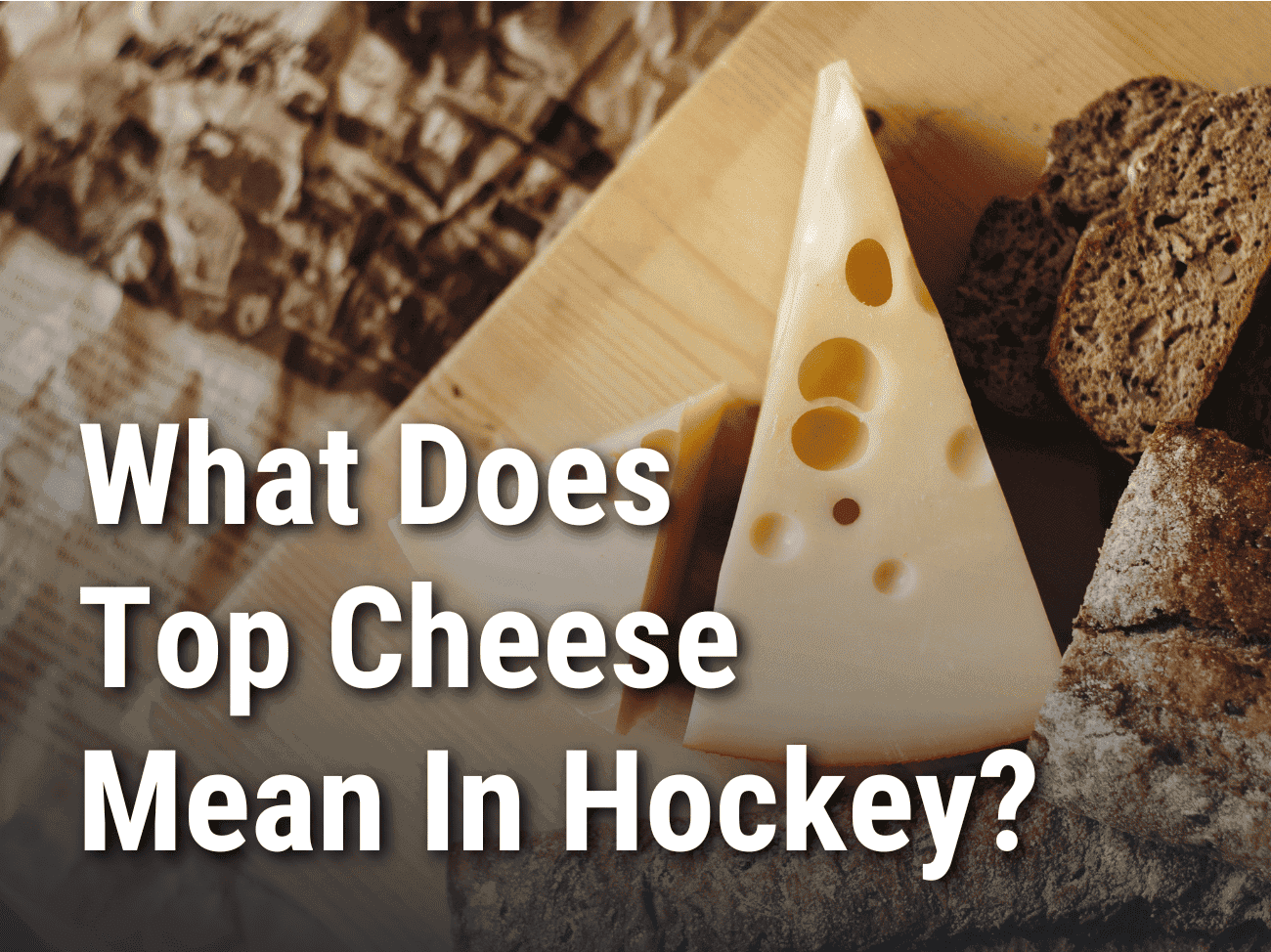As the sound of blades carving through the ice fills the air and the crowd roars with anticipation, hockey enthusiasts worldwide eagerly await the exhilarating moments that define the sport. Amidst the artistry of skillful skating, deft stickhandling, and breathtaking saves, one term, in particular, has gained prominence among players and fans alike: “top cheese.”
What does top cheese mean in hockey?
“Top cheese” is a slang hockey term that refers to a shot that makes contact with the top shelf of a hockey net. The term is derived from the more commonly used term, top shelf.
What Does Top Cheese Mean In Hockey?
In simple terms, “top cheese” refers to a shot in hockey that ends up in the “top shelf” of a hockey net. However, that’s not all that top cheese can refer to.
“Top cheese” can also refer to any shot that makes contact with the back crossbar of a hockey net, or is scored up high in the net – possibly over the goalie’s shoulder.
There is, however, another small caveat: not all goals which are scored up high classify as “top cheese.” The term is usually reserved for shots that are closer to the top, middle-ish area of the net.

Meaning, goals that are scored in the upper right or left areas of the hockey net are usually not called “top cheese.” Even shots that beat the goalie glove-side are usually not called top cheese. They are instead simply referred to as “top left” or “top right”, e.g., “he sniped it top right.”
Overall, the phrase “top cheese” is used to describe a particularly skillful and precise shot that beats the goalie cleanly up high in the top shelf area of the net.
It requires accuracy and finesse to place the puck in such a small and challenging area of the net. Thus, scoring a goal “top cheese” is considered an impressive feat and is often celebrated enthusiastically by players and fans alike.
Examples Of “Top Cheese” In A Sentence
Top cheese is usually used in conjunction with other slang terms in hockey. It may be slightly confusing, but this is how the term “top cheese” would most likely be used in hockey:
- He sniped it top cheese.
- He roofed it top cheese.
- Did you see that move? He went between-the-legs top cheese.
- That was a crazy one T, top cheese.
- Im’ma go top cheese on this goalie.
- What do you think? Forehand, backhand, top cheese?
The Difference Between Top Cheese And Top Shelf
There is really no difference between the terms “top cheese” and “top shelf.” They refer to the same thing.
However, “top shelf” is a more formal, widely accepted term, while “top cheese” is an “underground” slang term reserved mostly for players and coaches.

Hockey announcers will usually not use the term “top cheese” in describing goals. Well, some particularly cool and hip announcers might, but in general they won’t. Announcers will usually instead opt to use the term “top shelf.”
Top cheese also has a comical bent to it, whereas top shelf is a more dry term. Many players will use the term top cheese just to be ironic or funny, but “top shelf” doesn’t have the same humorous connotation associated with it.
The Difference Between Top Cheese and Roofed?
“Roofed” is a verb that describes a specific kind of shot in hockey, while “top cheese” is a noun that’s used as an adjective and refers to the specific area of the hockey net.

The sentence “he roofed it” makes sense, but the sentence “he top cheese-ed it” doesn’t really make sense. Similarly, the statement, “go top cheese” makes sense, but the statement, “go roof” doesn’t make much sense. Players might understand what you’re saying but it would sound unnatural.
That being said, both “top cheese” and “roofed” can be used in the same sentence, as in:
- He roofed it top cheese.
The sentence simply means, “he shot, or shoveled, the puck into the top shelf of the net.”


Leave a Reply